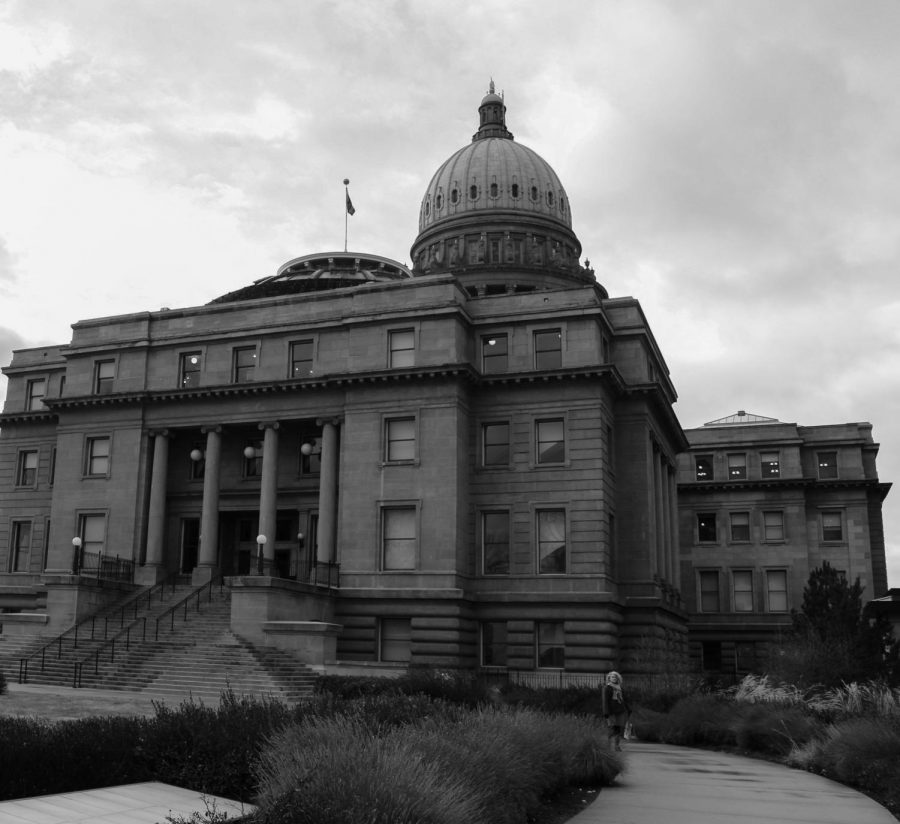Longterm Effects of the Government Shutdown
Photo Credit: Devon Smith
The Idaho State Capitol Building in Boise, Idaho
February 11, 2019
On December 22nd of 2018, the United States Government entered its 3rd government shutdown under the Trump administration. While partial government shutdowns are not uncommon, this specific shutdown made history on January 12th, 2019, when it became the longest government shutdown to ever occur in US history. As of January 25th, Trump declared the government would reopen until February 15th, then he would reevaluate.
Out here in Boise, we haven’t had to to experience many grievances due to the shut down. But around the country, those grievances are everywhere. As most people’s lives go on without changes, it is hard to realize the extent of the shutdown at home. Mr. McMorrow, a US Government teacher here at Boise High, explains that this is because most of the shutdown effects are purely political. Now that the shutdown is over for the time being, we could begin to feel some economic tension. Ironically, the few effects that get overlooked by the public are the ones that actually affect them.
“There are many in what are considered essential government positions who are being asked to work, but for no pay. And those in non essential positions that are not working, and of course not being paid,” McMorrow explains. “There are passports not being filed, national parks closed, different health or welfare organizations that might see adverse effects.”
What even happens during a government shutdown? What is causing these effects in the first place?
“Every year our Federal (national) government is required by law to pass a budget. This budget includes the approved spending for the dozen’s of departments, and millions of jobs that keep the federal government, and our country moving. Without a budget being passed (or even a continuing resolution to continue running the government temporarily without a new budget) there is no funding approved, and money cannot be spent. This creates a partial shutdown.”
About the closest the shutdown has reached Idaho was Congress Representative Mike Simpson who gave a speech on the House floor, essentially saying that our elected leaders have “failed in that duty (to lead).”
Luckily, as the shutdown begins to close and our government starts mending itself, workers will get paid again and our national parks will be taken care of once again. The nation can finally breathe a collective sigh of relief.
Long term effects will be felt, but with little power behind them.
Many of the long term effects will be considered the precedents that have been set. The fact our government had been shut down nearly a month, possibly longer, with no end in sight, is a sign of weakness. Weakness of our country, government, and even our ability to compromise for the greater good of the country. It just might come back to bite us in the next shutdown that could come as quickly as February 16th.
Relations between all gov parties are stretching thin. Compromise doesn’t seem to be going well, which will cause repercussions in the next elections. Trump as said he will immediately begin negotiations with Democrats concerning border security, but that it will “not be easy”.
At this point, it’s about which side has the majority of public support. We can predict them all we want, but we won’t be able to identify the long term effects until the shutdown comes to a definite close. One longer than only a mere promised 3 weeks. Even then, it will take time. In the meantime, we will just have to sit and wait, and hope our commander in chief will be willing to compromise.




